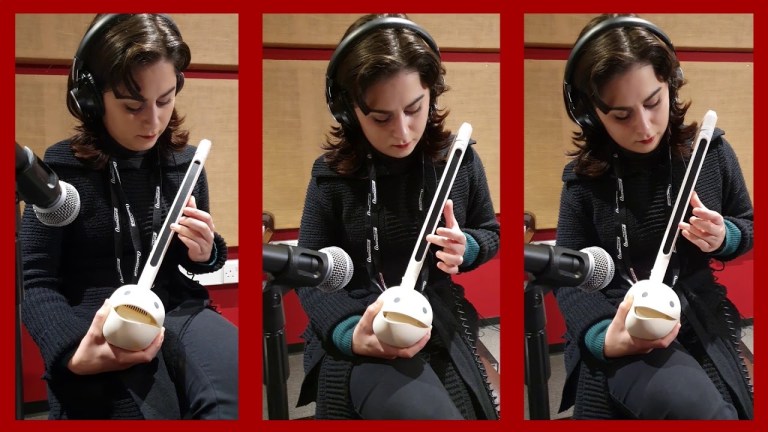An Incredible Prosthetic Hand That Uses a Patient’s Nervous System to Restore Their Sense of Touch
Dr. Dustin J. Tyler of Case Western Reserve University worked with the DARPA HAPTIX program to develop an incredible experimental prosthetic hand that uses implanted electrodes connected to the patient’s nervous system in order to drive movement and amazingly restore the patient’s sense of touch. The prosthetic is currently in its rudimentary stages, but Tyler hopes to soon have a working prosthetic available to the public.
Igor Spetic lost his right hand in an industrial accident. Then he started working with Dustin J. Tyler, a researcher in human-machine interaction, to help develop an experimental haptic prosthetic that lets Spetic feel sensations in his missing hand. To make the prosthetic work, Tyler tapped into Spetic’s nervous system. Implanted electrodes in the right forearm make contact with three nerves at 20 locations. Stimulating different nerve fibers produces realistic sensations: When one spot is stimulated, he feels a touch on his right palm; another spot produces sensation in his thumb. Thin-film force sensors in the device’s index and middle fingers and it’s thumb can trigger the corresponding nerve stimulation.






